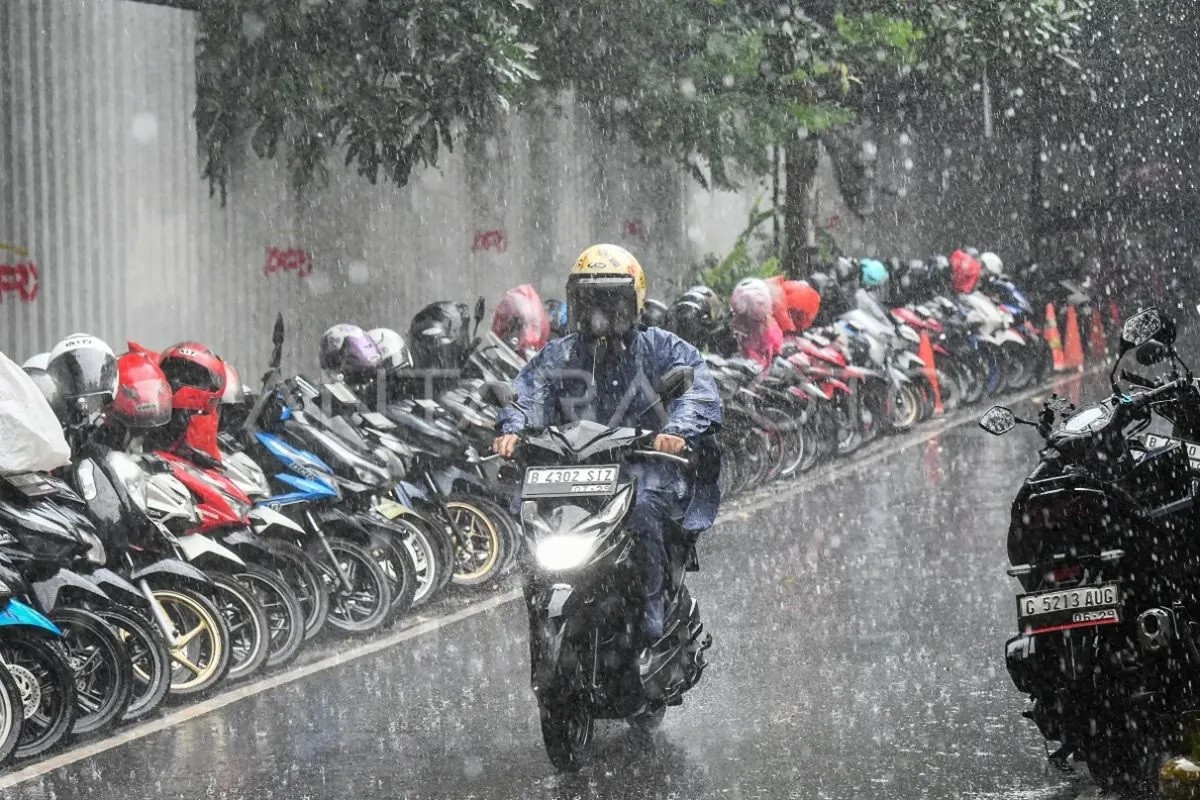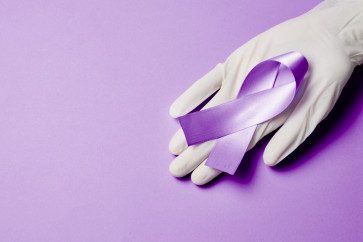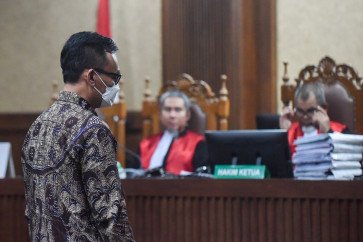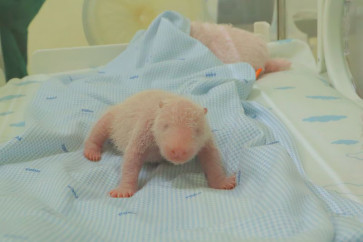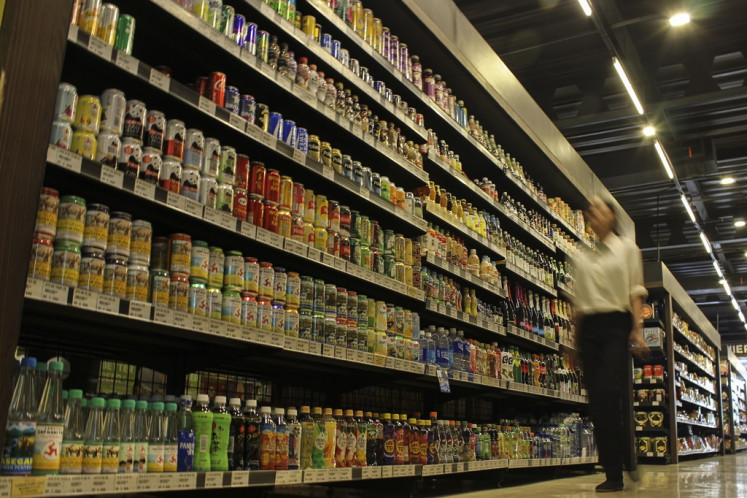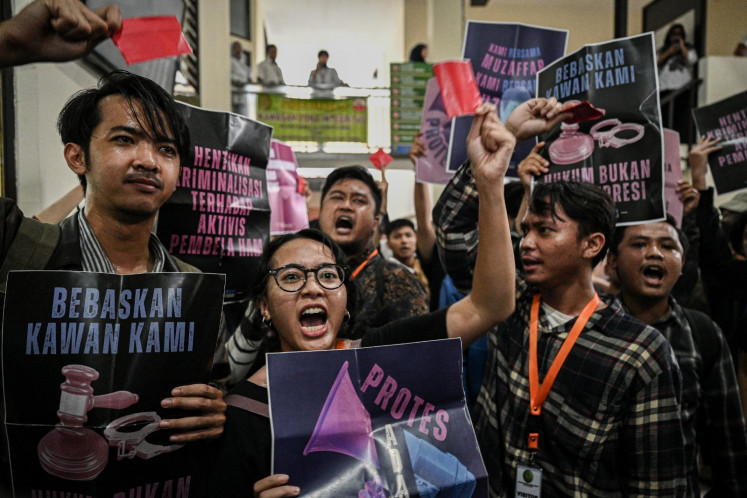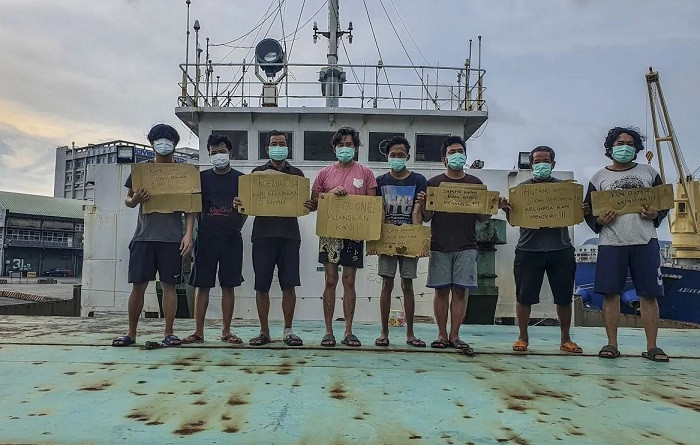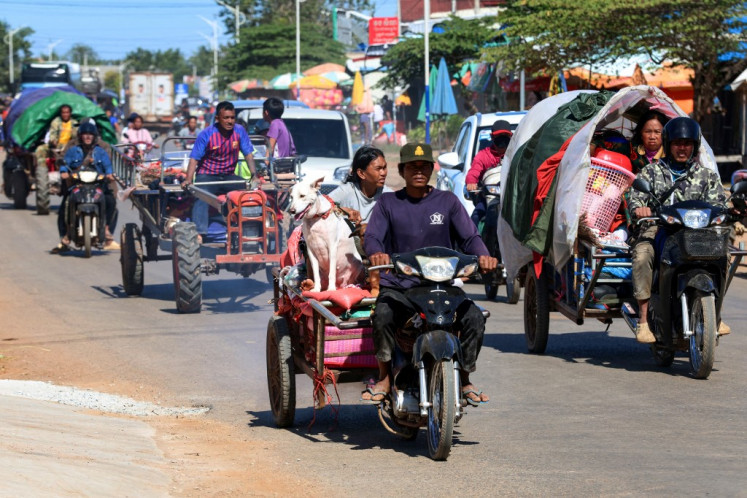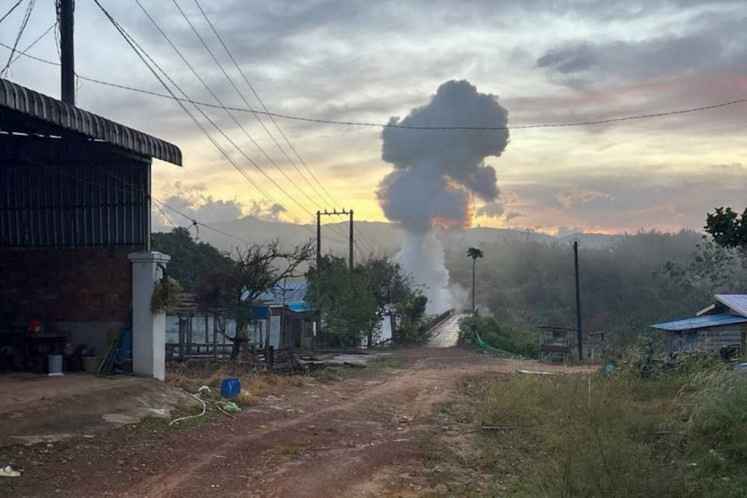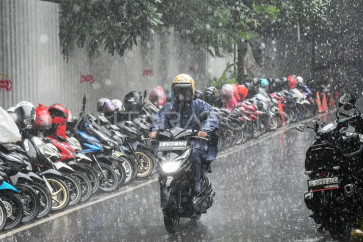Popular Reads
Top Results
Can't find what you're looking for?
View all search resultsPopular Reads
Top Results
Can't find what you're looking for?
View all search resultsMicroplastic rain: A call for responsible producers and good governance
When microplastics falls from the sky, it becomes clear that no place, public or private, is truly free from plastic contamination.
Change text size
Gift Premium Articles
to Anyone
T
he recent viral phenomena of "microplastic rain" in Jakarta is not a passing story, it is a stark warning of Indonesia's plastic contamination catastrophe. It is physical proof that plastic pollution has spread from the ocean and land to the air, returning to Earth as minute particles.
Scientists define microplastics as manmade polymer particles under five millimeters. They originate from sources like the abrasion of synthetic fibers during textile laundering, the degradation of larger macroplastics, vehicle tire dust and uncontrolled plastic waste combustion. These light particles are carried by wind over huge areas before returning to the Earth’s surface as "microplastic rain" or atmospheric deposition.
Findings by the National Research and Innovation Agency (BRIN) and Bogor Agricultural University (IPB) confirm the presence of harmful microplastics in Jakarta's rainfall. This may be more dangerous than acid rain.
Acid rain is caused by SO2 and NOx emissions that natural processes can mitigate. Microplastics, however, are non-biodegradable solid elements that persist indefinitely in the environment. The most critical impact is on human health, though it has not been fully measured yet.
While studies are still in their infancy, it is safe to assume that inhaling microplastics is harmful. Plastic particles are known endocrine disruptors that tend to discharge chemical additives, including phthalates and bisphenol. Furthermore, microplastics serve as rafting vectors, capable of transmitting pathogenic microbes (viruses and bacteria), which exacerbate health hazards.
Airborne exposure can cause short-term respiratory and cutaneous irritation. More dangerously, these particles can enter the body through food, drink and inhalation, building up in vital organs like the lungs and liver and even crossing the blood-brain barrier. Toxicity investigations link microplastic buildup to increased risk of degenerative diseases, hormone disturbance, chronic inflammation and cellular oxidative stress.
When this pollution falls from the sky, it becomes clear that no place, public or private, is truly free from plastic contamination. Outside of Jakarta, similar findings have been documented worldwide, from the Rocky Mountains in 2019 to the Pyrenees in Europe (showing particle translocation over hundreds of kilometers), to densely populated cities like Beijing and New Delhi. This global evidence justifies the need for integrated and systemic policy solutions.

